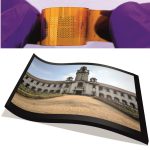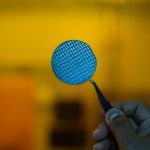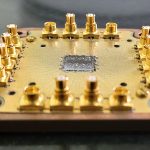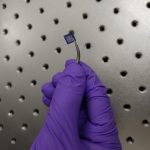
With increasing demand for low-power electronic chips that can perform diverse functions, alternatives to traditional electronic circuit components are actively being explored. One such component is the Esaki tunnel diode, hailed as a landmark discovery in the semiconductor industry, which has now become a key element in electronic circuits.
In a recent study, researchers from the Department of Electrical Communication Engineering have designed and experimentally demonstrated a highly versatile form of this tunnel diode, where the active layers are separated by just a few tenths of a nanometre thick spacer. The team was able to transform this tunnel diode into both a voltage-controlled oscillator and an ultra-low-power single element memory cell. The oscillator can be easily integrated onto a chip.
The memory cell is ideal for low-power electronics as it consumes very less energy, and is also suitable for high density memory applications. The proposed tunnel diode retains its versatile operation at very low temperatures (-269°C), making it suitable for cryogenic electronics as well.






